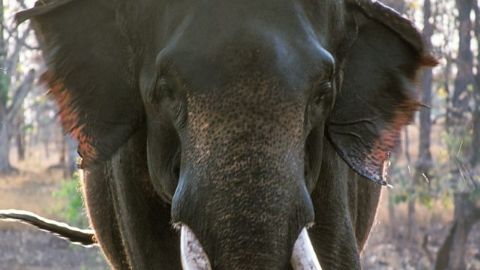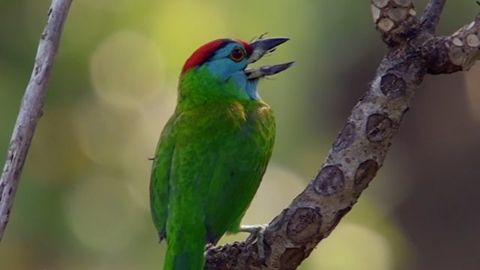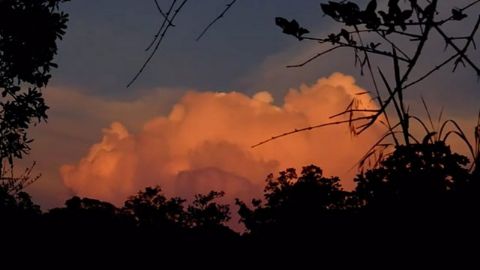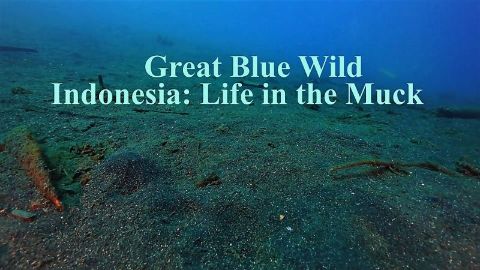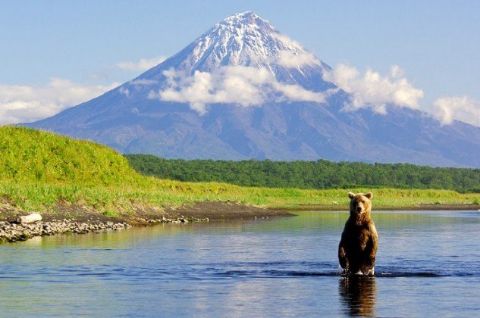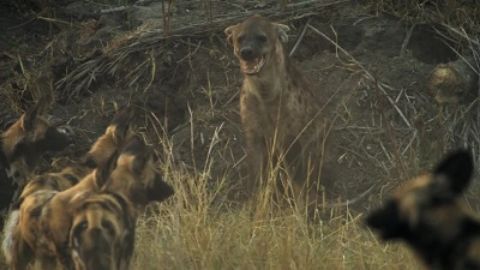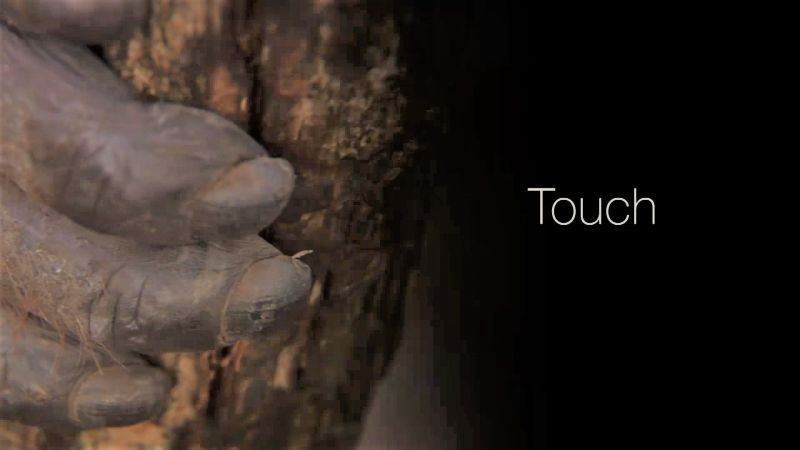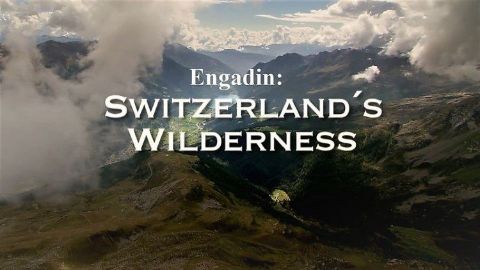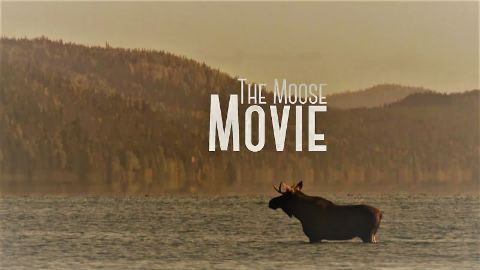Part 1 • 2013 • episode "S1E1" • Wild Burma: Nature's Lost Kingdom
On the first leg of their journey, wildlife filmmakers Gordon Buchanan and Justine Evans set out to discover whether the mountains of western Burma are home to a population of Asian elephants that could prove critical to the survival of the species. Finding elephants in a dense bamboo forest is a challenge. Notoriously grumpy, Asian elephants are likely to charge if caught unaware. It is a race against time as the world eyes up Burma's natural riches - what the team finds could change the future of Burma's wilds forever.
Make a donation
Buy a brother a hot coffee? Or a cold beer?
Hope you're finding these documentaries fascinating and eye-opening. It's just me, working hard behind the scenes to bring you this enriching content.
Running and maintaining a website like this takes time and resources. That's why I'm reaching out to you. If you appreciate what I do and would like to support my efforts, would you consider "buying me a coffee"?
Donation addresses
BTC: bc1q8ldskxh4x9qnddhcrgcun8rtvddeldm2a07r2v
ETH: 0x5CCAAA1afc5c5D814129d99277dDb5A979672116
With your donation through , you can show your appreciation and help me keep this project going. Every contribution, no matter how small, makes a significant impact. It goes directly towards covering server costs.
